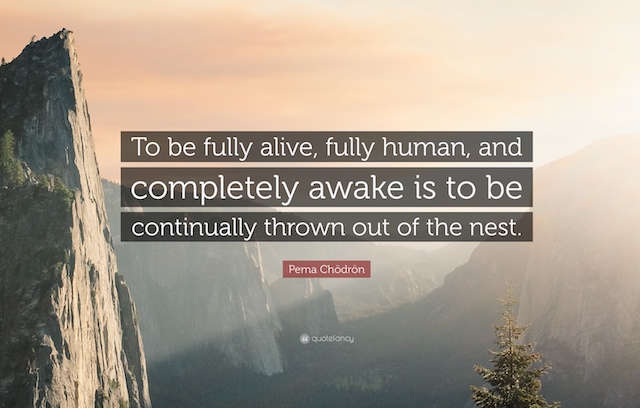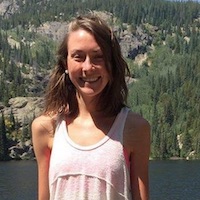People say that intellectualizing addiction is dangerous.
It can make one think that they have it all figured out. It can lead to a relapse years into recovery. This is not an expert’s account, and the aim is not solely cerebral. It’s the sharing of one food addict’s story in hopes that it might be of benefit to others.
From an early age, food was a substance of choice. When school ended, the day was released and processed through sleeves of Oreos, spoonfuls of peanut butter, crackers, chips, and other snacks in the pantry. Maybe this was sparked by pubescent growth spurts, or maybe it was an early sign of a compromised relationship with food.
Growing up, there was an incessant fear of “fat” in the home. Fat in food, fat people, the possibility of becoming fat. Fat equated to laziness, unworthiness, ugliness, and failure. Diet foods stocked the pantry and fridge—Diet Coke, fat-free chips, low-fat crackers, sugar-free ice cream, skim milk, and so on. Maybe we were being superficial, or maybe it was an existential fear manifesting in the mundane.
This fear of lack and loss prevailed throughout our home. Lack of resources, lack of time, lack of money, and lack of love. And in times of plenty, fear of loss quickly took over. “I could lose everything if…” was a phrase repeated again and again. It strongly juxtaposed the image projected out to the world from the big house, fancy car, and nice clothes. Despite being financially privileged, our family was mentally impoverished.
The truth is, we will all lose everything. Our family and friends will eventually pass on, we’ll lose the clothes in our closets, even the bodies in which we are encased will dissolve and fade away. In some place in each of our beings, we all know this truth. We can be good about avoiding or covering it up through incessant distractions with phones, thoughts, behaviors, or other substances: namely, in this case, food.
It was a ridiculous and irrational relationship; food was a tool to achieve internal balance. It became the most reliable friend, a consistent source of comfort on a hard day, and something to ease the fear of loss on a particularly good day. It was means of self-regulation and a tool of comfort.
Maybe, in order to heal unhealthy relationships or addictions, we need to fully see the truth of loss and decay. Maybe it is possible to come to peace with this reality. When we can fully engage in each moment without attachment, with total awareness of the transitory nature of life and the the universe, we can free ourselves from grasping and entangling ourselves in the knots of addiction.
Intellectual awareness is one thing, putting it into practice is a whole different story. Healing comes from the integration of the two. We can practice contemplating the true nature of reality, and then finding ways to live in harmony with this truth. Thankfully, there are plenty of teachers, friends, and resources to help along the way.
~
“To be fully alive, fully human, and completely awake is to be continually thrown out of the nest. To live fully is to be always in no-man’s-land, to experience each moment as completely new and fresh. To live is to be willing to die over and over again. ” ~ Pema Chödrön, When Things Fall Apart
~
Relephant:
3 Steps to Learning to Experience Life Fully.
Changing the Way we Think about Addiction.
~
~
~
Author: Kristen Buchan
Image: Memesville
Editor: Travis May
Copy Editor: Yoli Ramazzina











Read 0 comments and reply